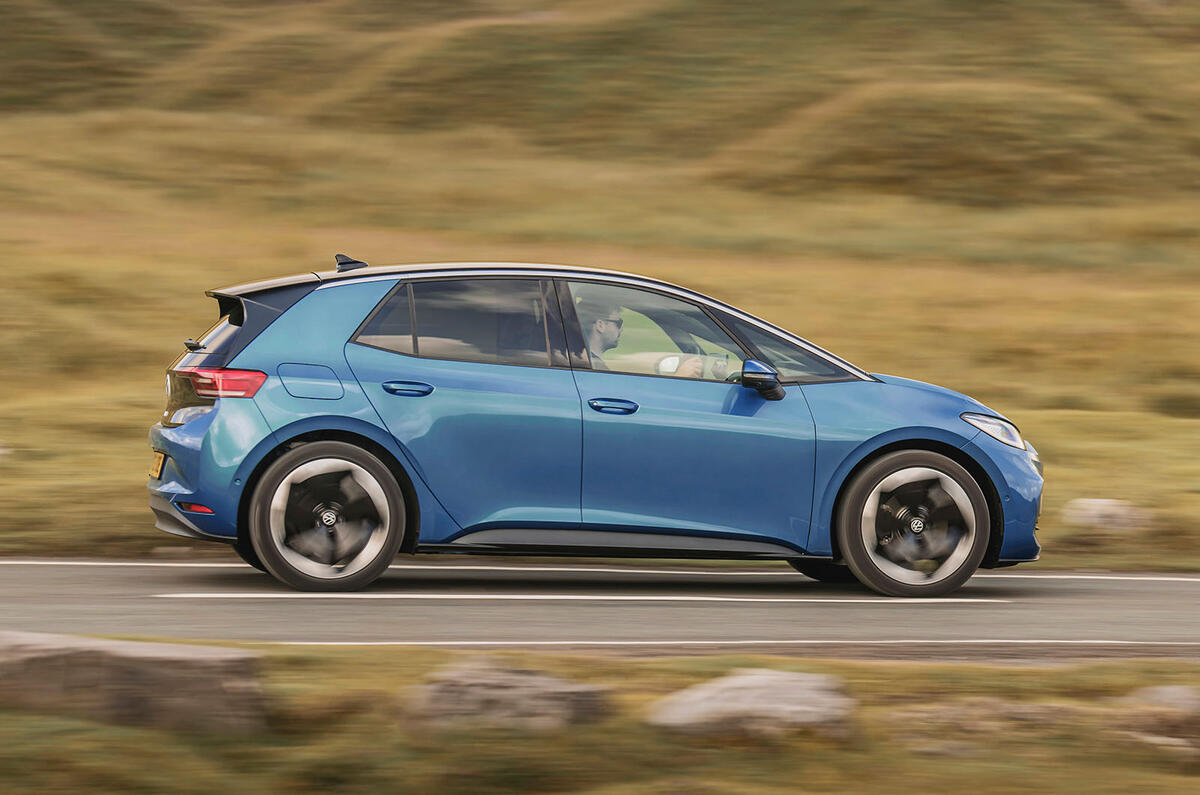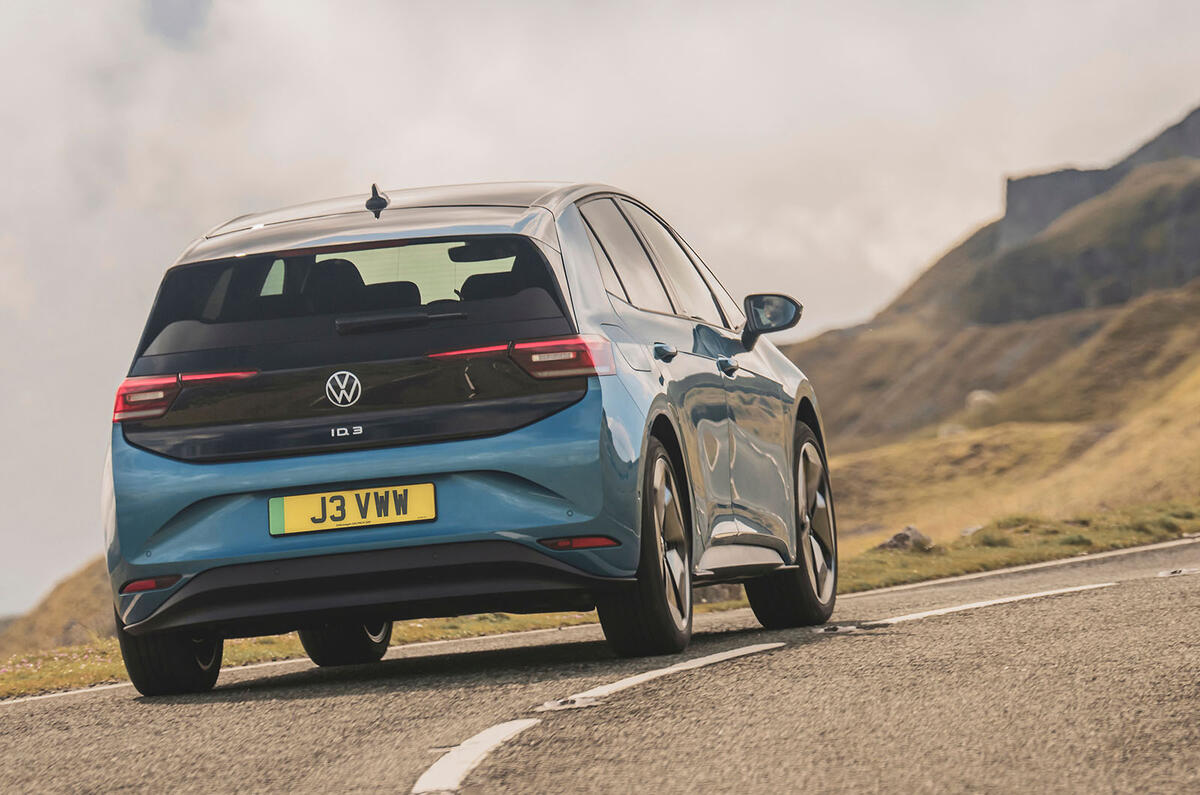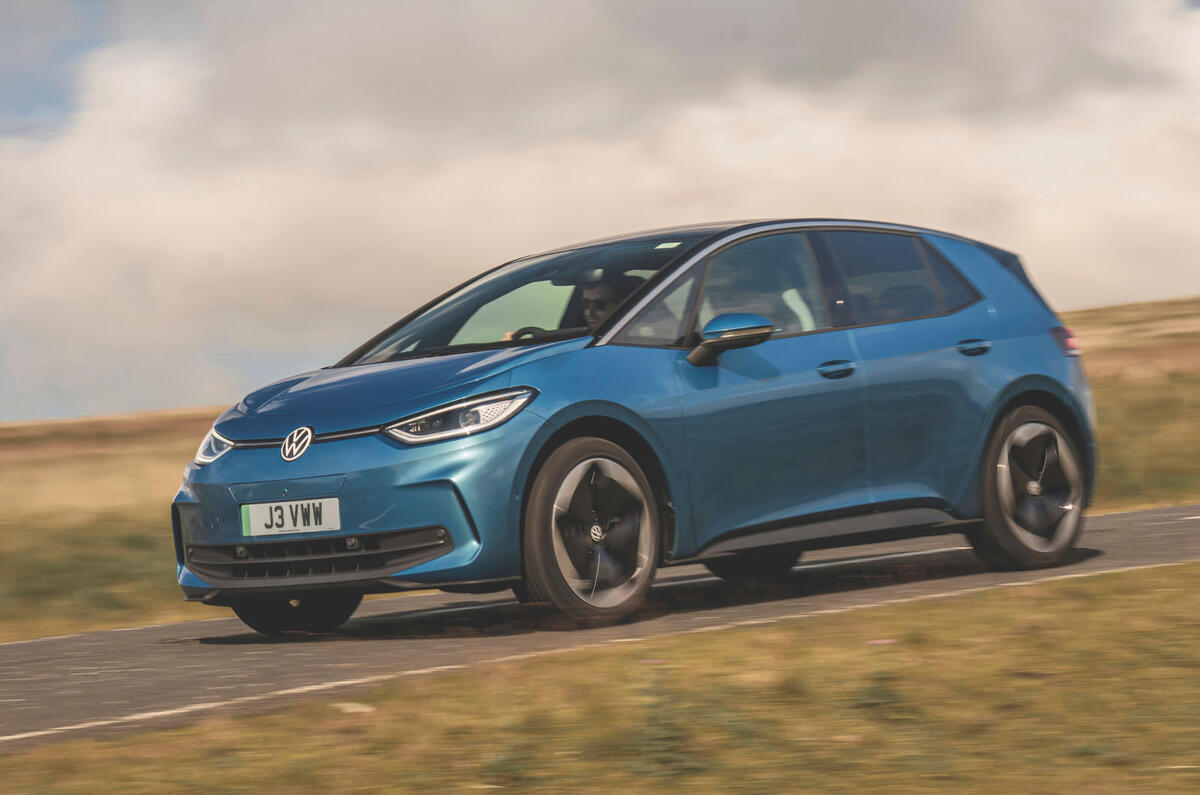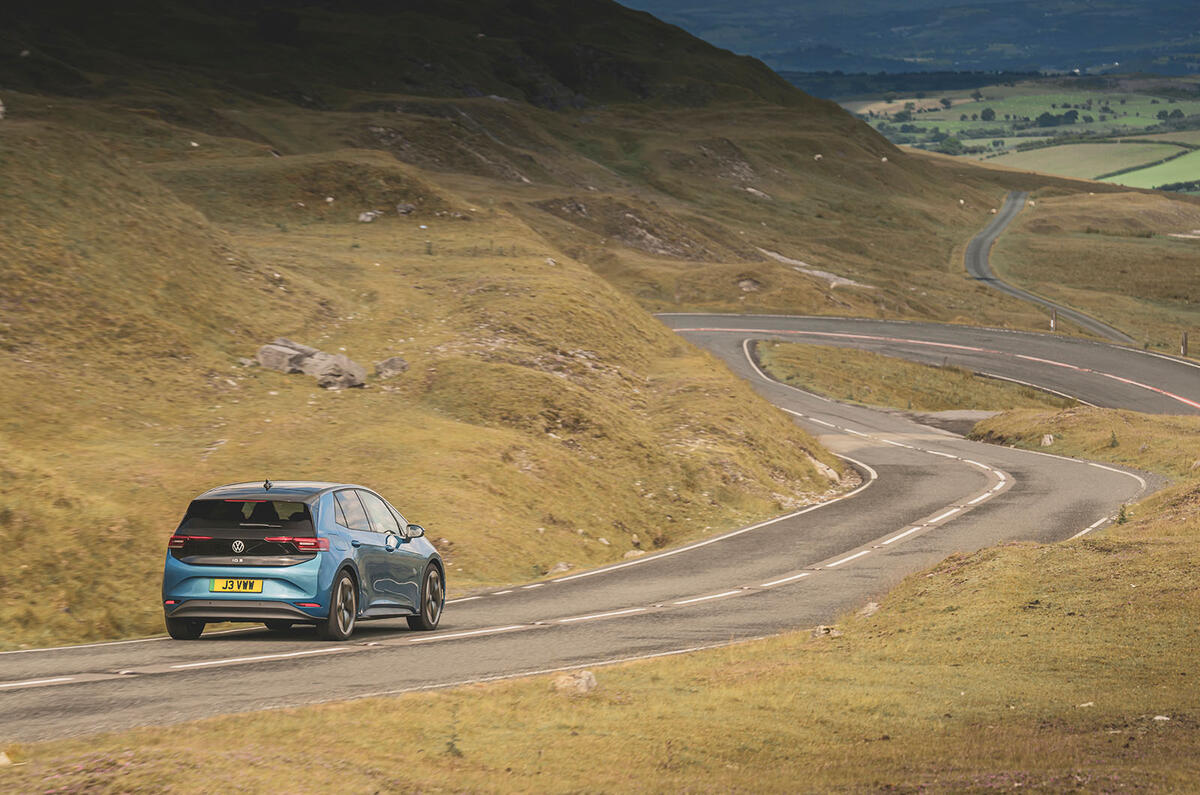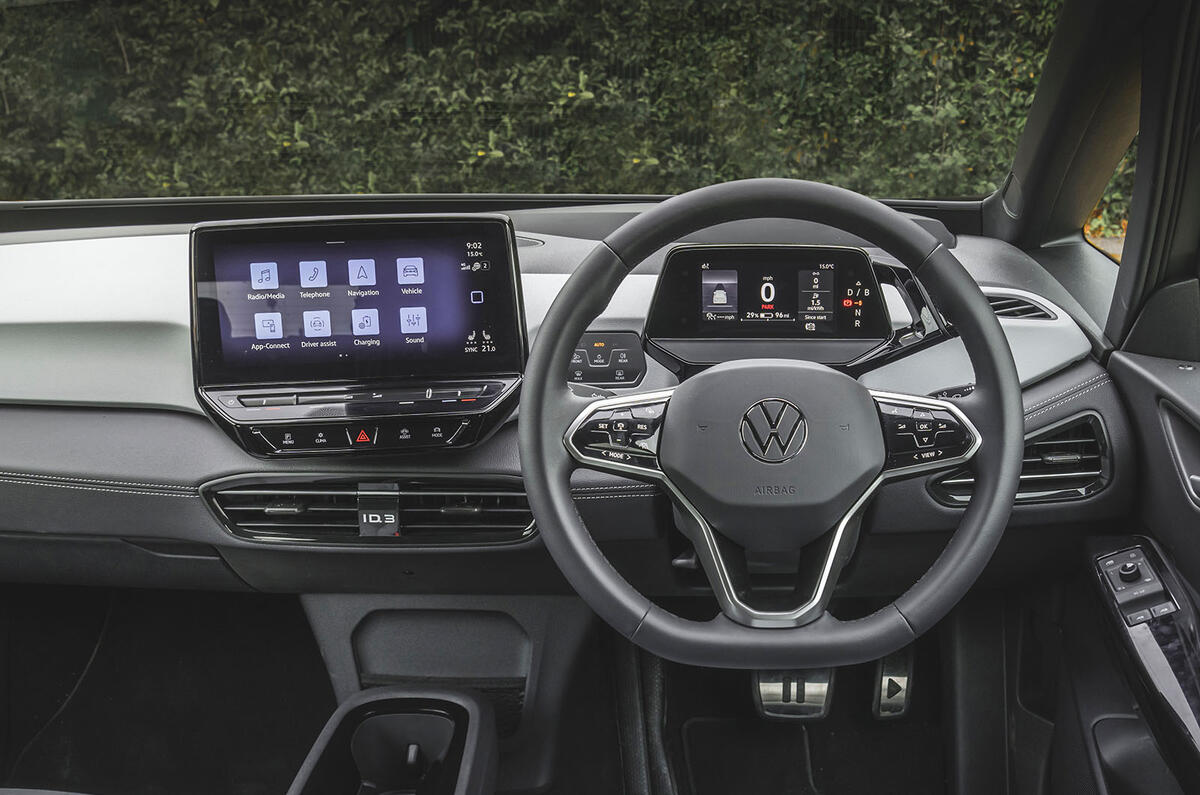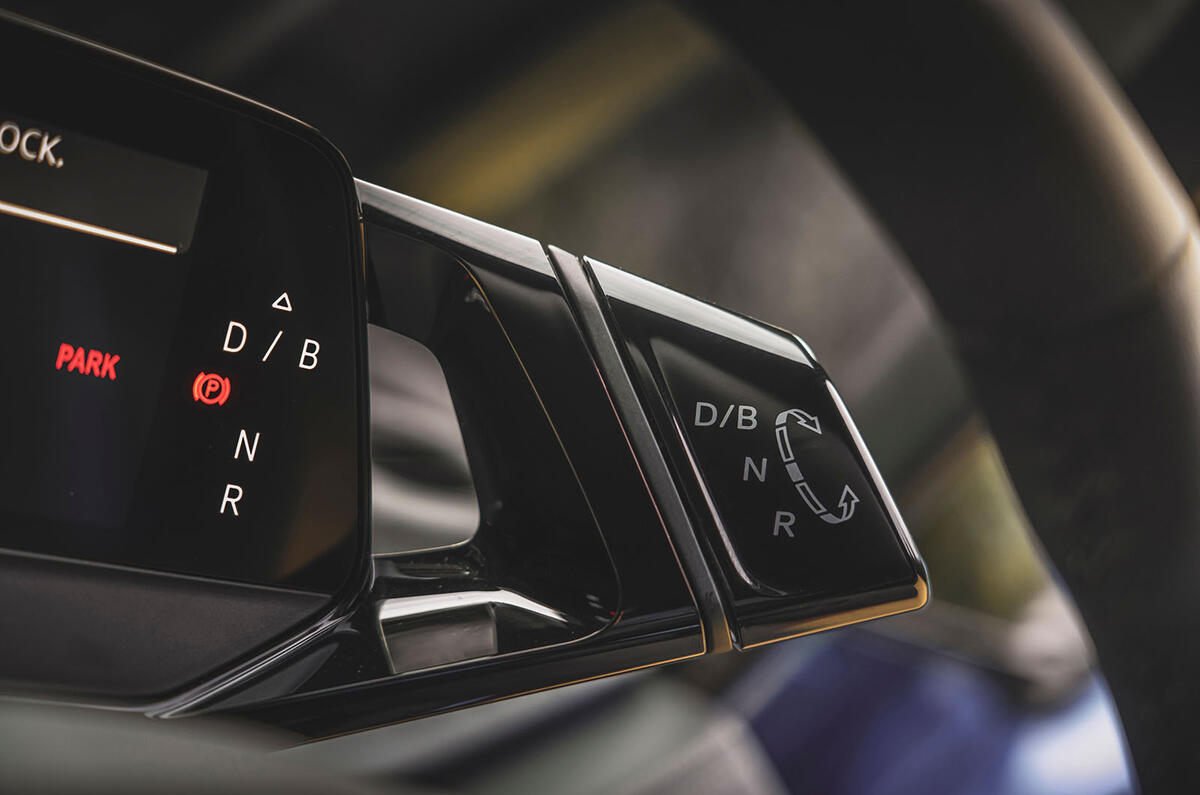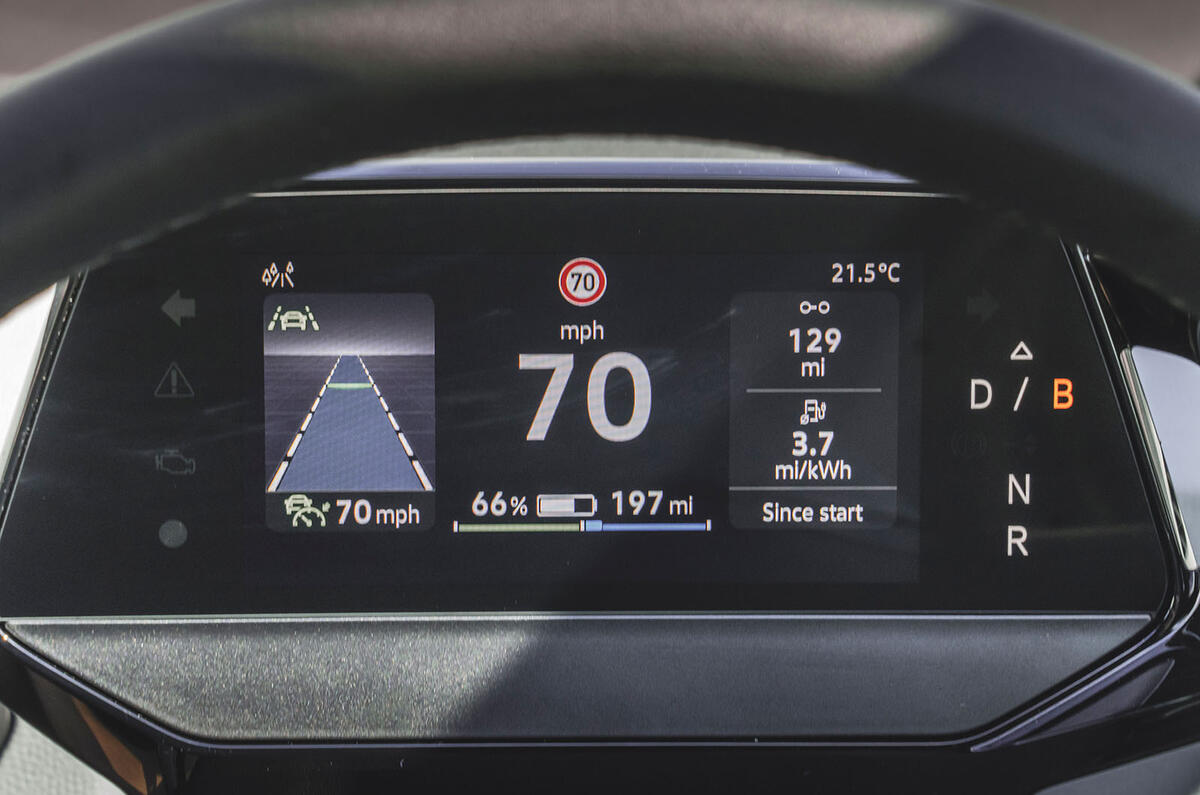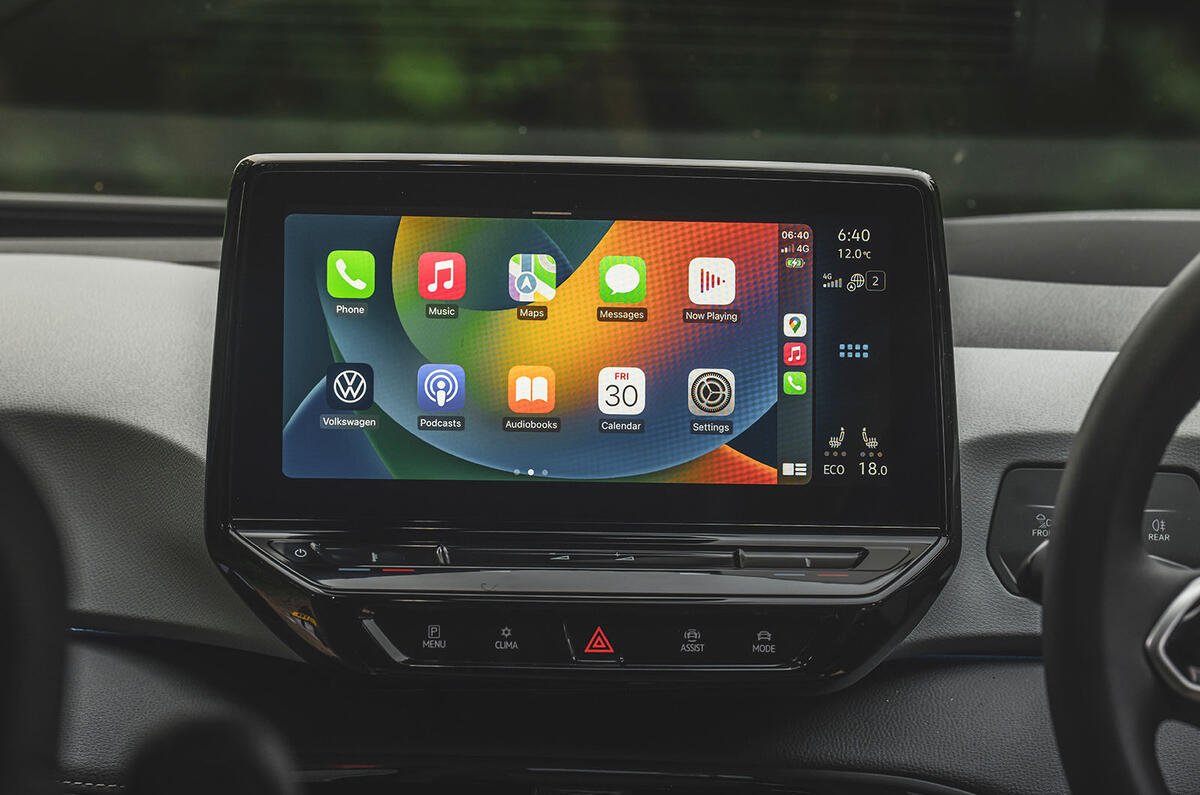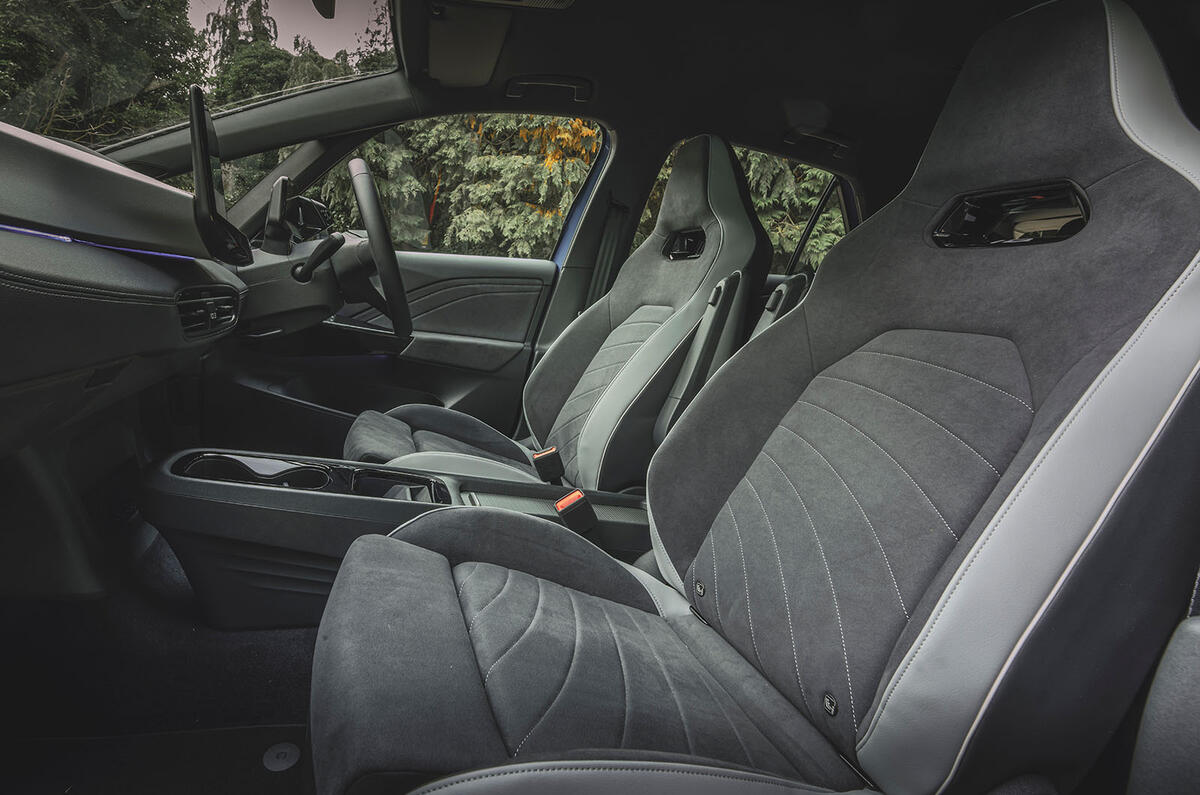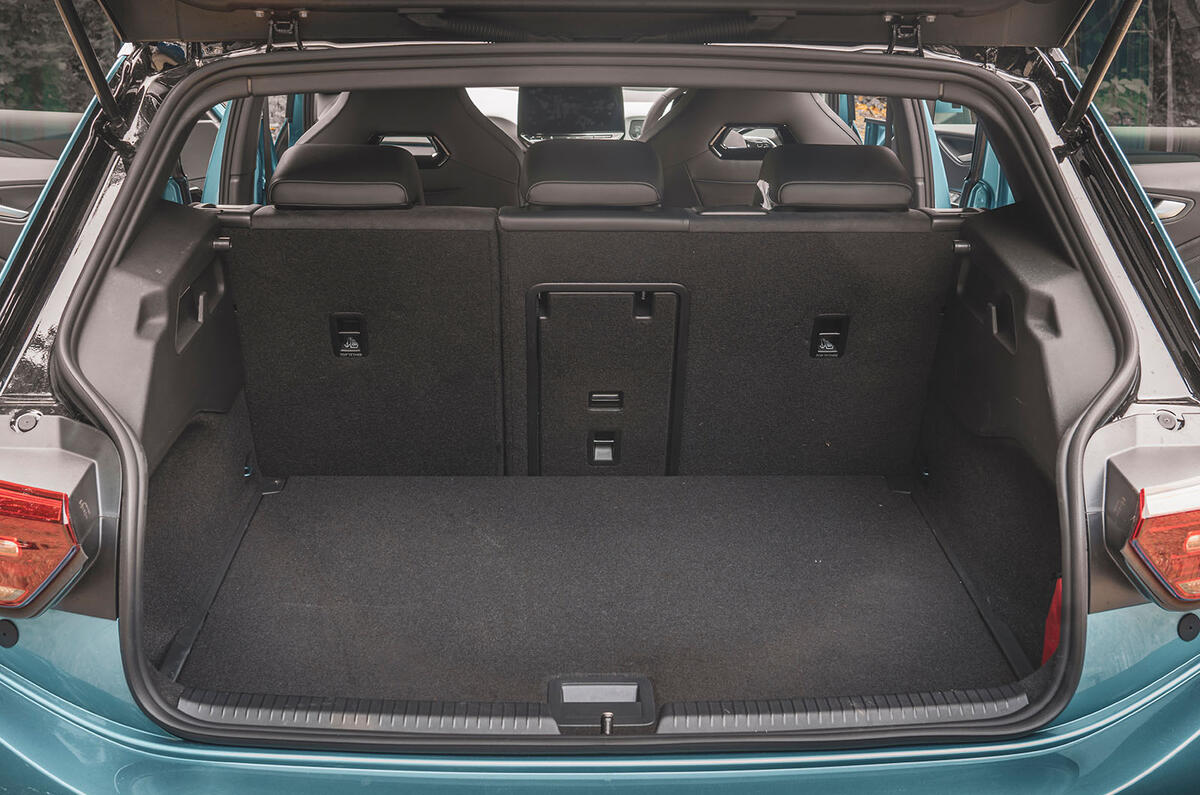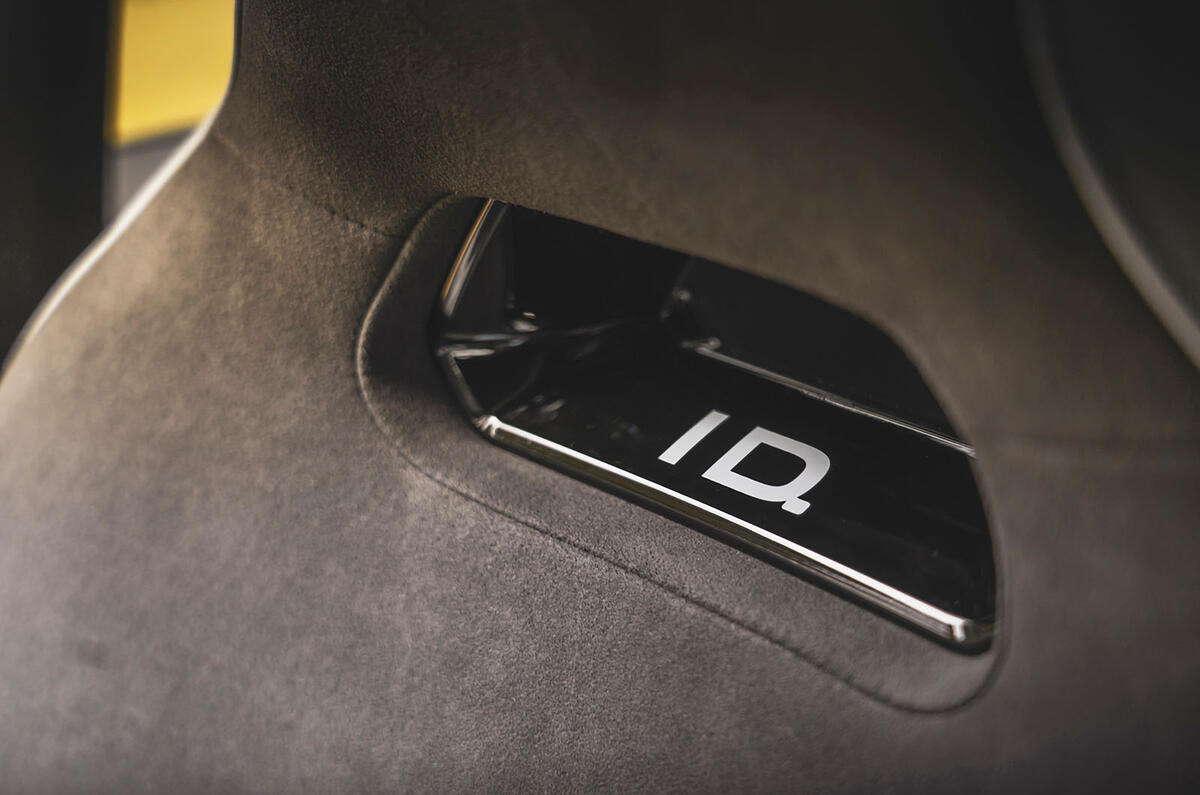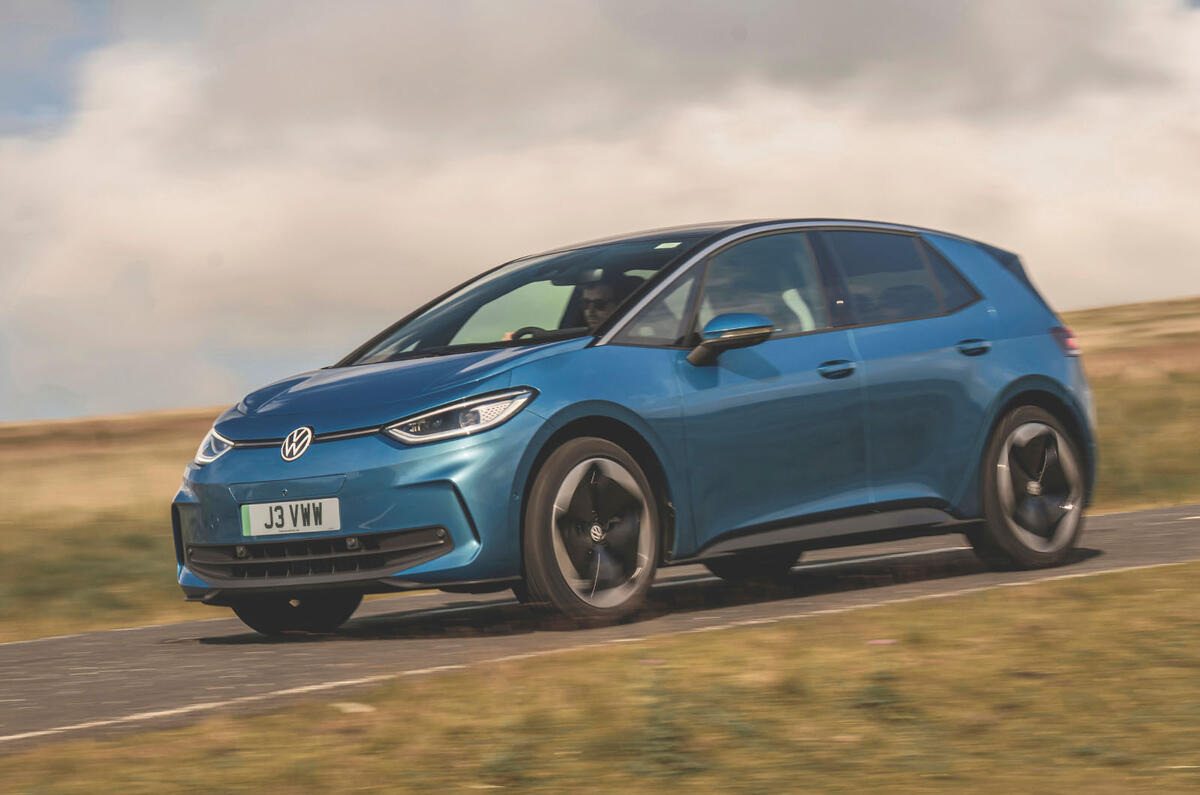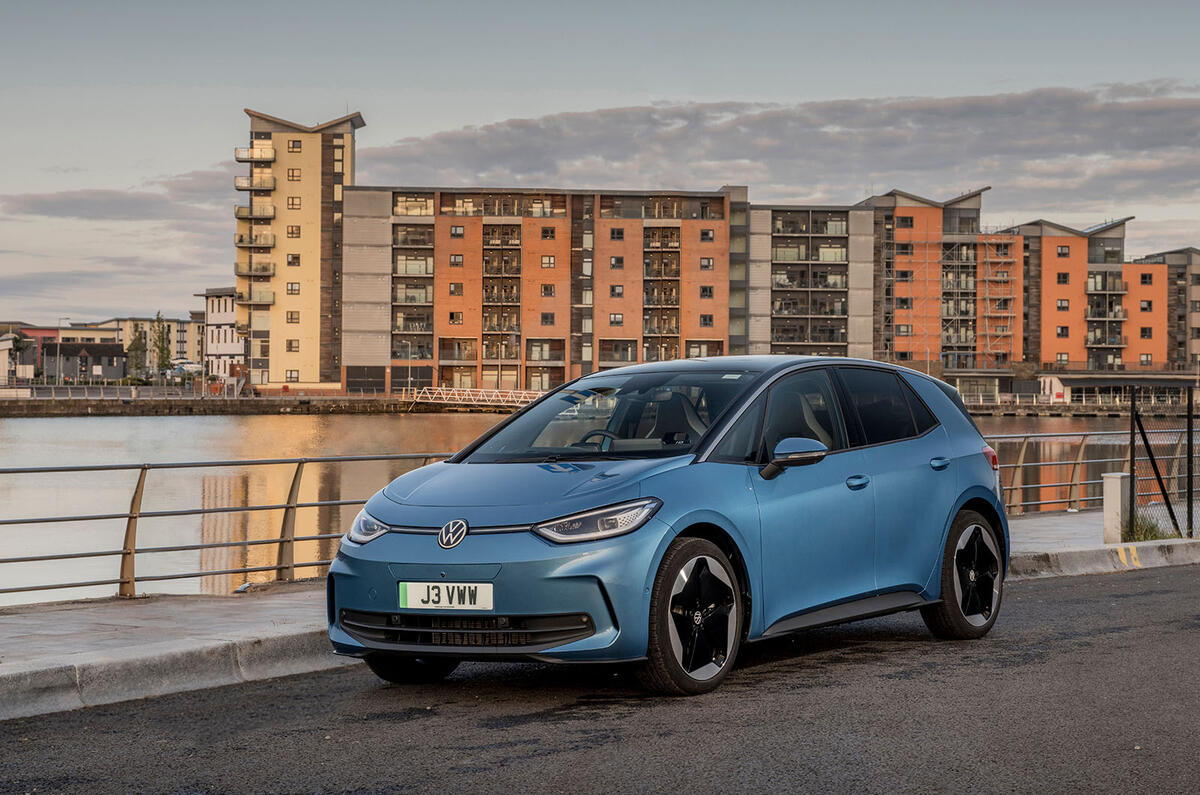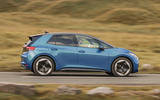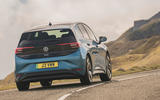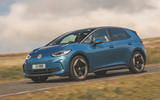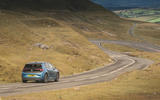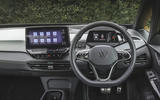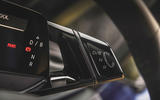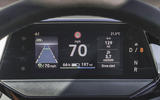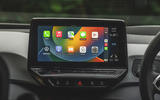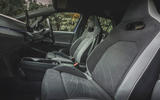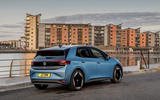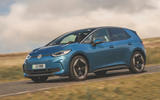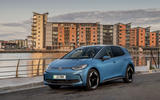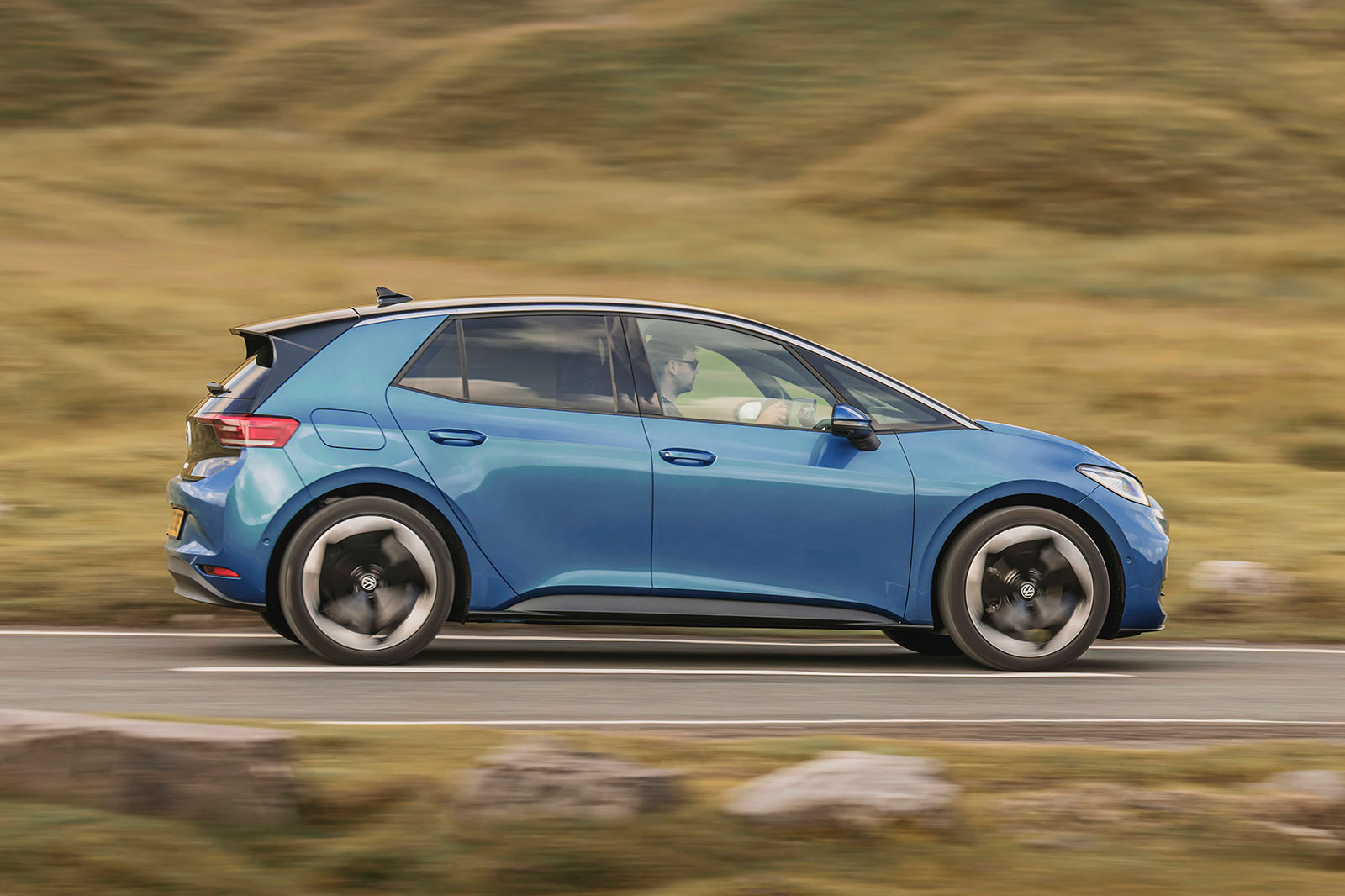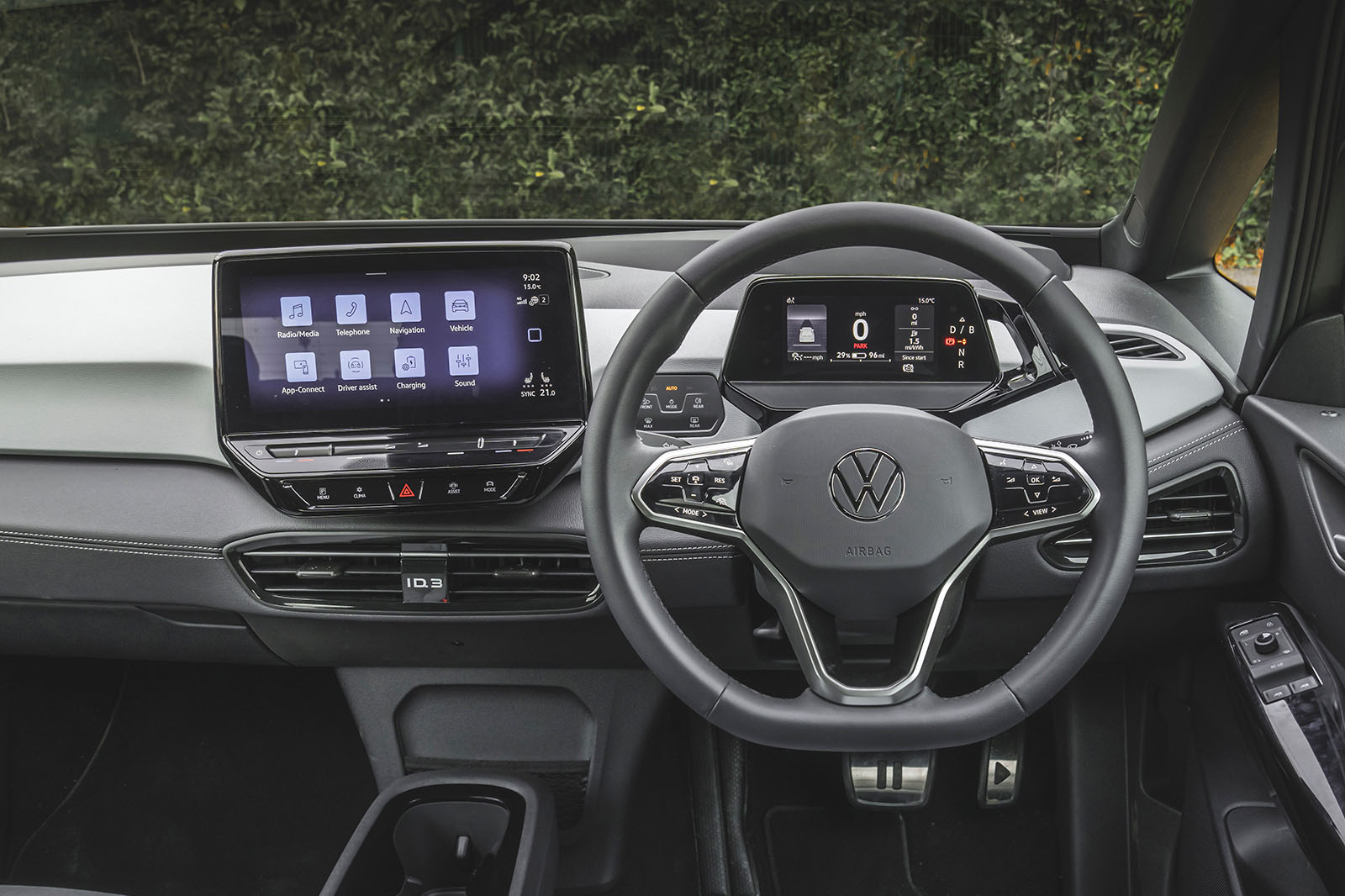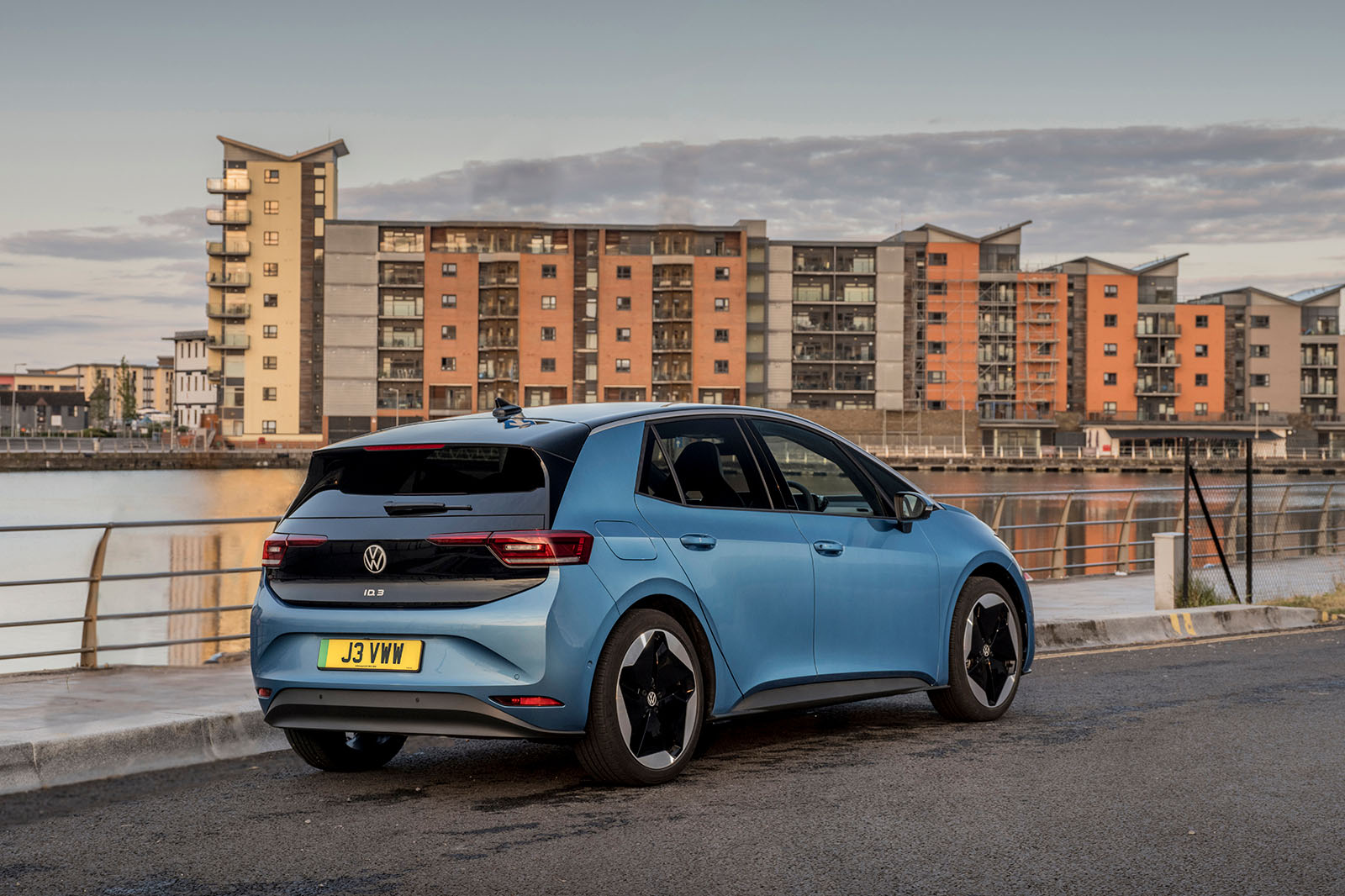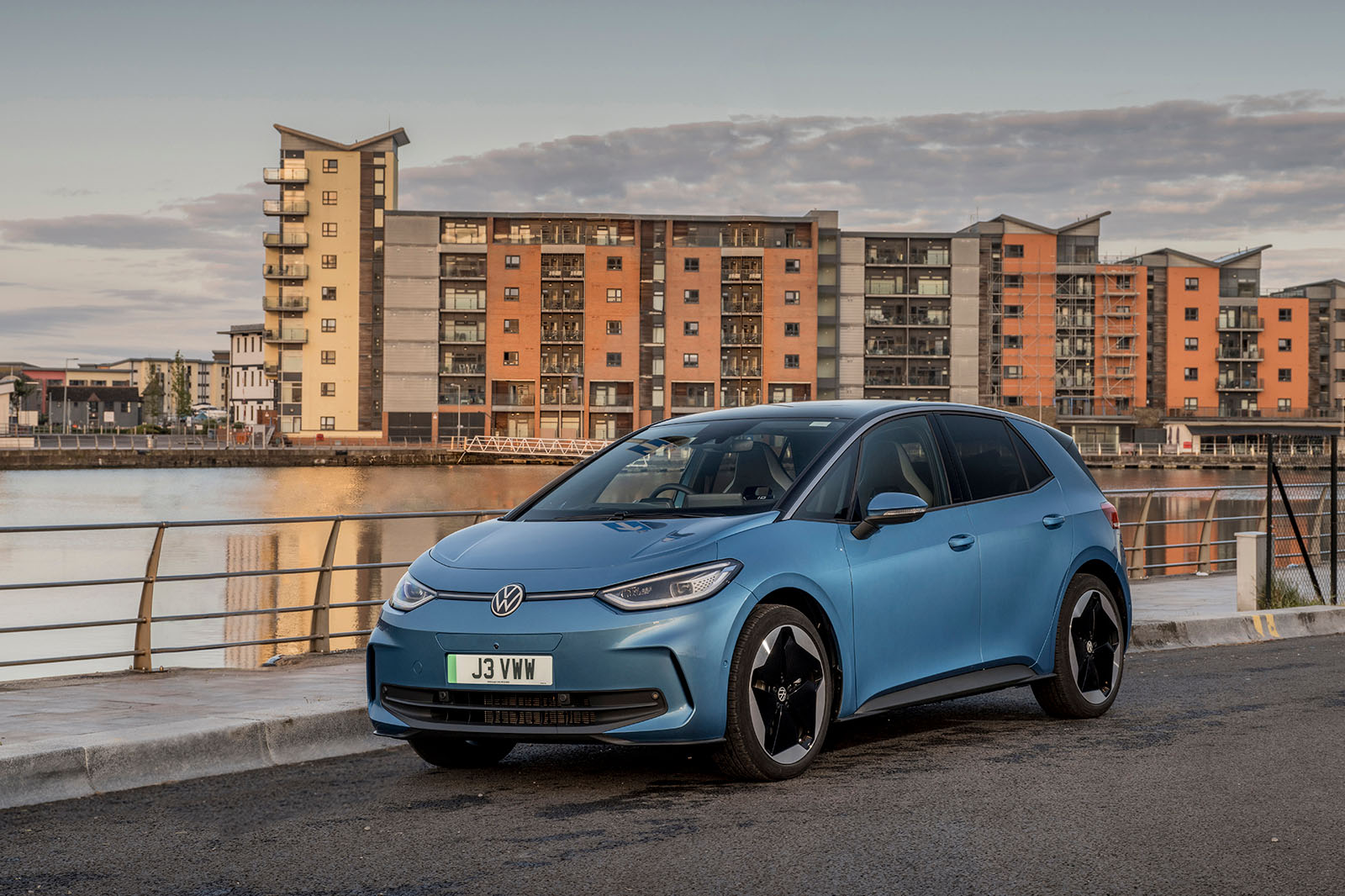Despite being roomy and very on-trend with its minimalist design and layout, the Volkswagen ID 3’s cabin didn't previously live up to the high standards of perceived material quality for which VW has become a byword over the past 25 years.
Surprisingly hard- and plain-feeling plastics were employed on the dashtop and the doors, almost all of which were finished in various shades of grey in our test car. Save for a few flashes of glossy black plastic on the centre console and a bit of fabric upholstery on the doors, the test car’s cabin was not only slightly dull to look at but also relatively uninviting to touch. By its own admission, in fact, its interiors were “frustrating”.
For the new ID 3, though, VW has added plusher materials including a new door trim, now a soft fabric consisting of 71% recycled materials. Soft-touch plastics are also abundant, but glossier items do remain. It’s impressively refined and quiet as well, which in combination with the much more welcoming interior (in our car’s case lifted by the optional interior pack) means the ID 3 is now somewhere you wouldn’t mind spending time.
From a functionality point of view, the ID 3 is considerably more impressive. There’s a real sense of airiness in the front half of the cabin, aided largely by a low-set and entirely clutter-free centre console. There’s no gear selector or manual handbrake lever taking up room here. Instead, it houses a couple of large storage cubbies and cupholders, with plenty of room for phones, wallets, keys and anything else you might care to rid your pockets of. The transmission selector is grafted on to the side of the instrument display, like in a BMW i3.
With a wheelbase longer than that of a Volkswagen Golf and a Kia e-Niro, second-row space is very good, too. Our tape measured typical rear legroom at a very impressive 760mm – 10mm more than you get from the Kia, and only 10mm less than you’ll find in a BMW 3 Series Touring. Headspace isn’t quite as abundant, at 940mm, but average-sized adults will be able to get comfortable easily even when sat behind a taller driver.
Boot space is 385 litres with the rear seats up, which puts it on par with the Golf but behind the Kia, which has a 451-litre load bay. The boot floor is flat, although there’s a fairly sizable loading lip to negotiate.
VW ID 3 infotainment and sat-nav
Even entry-level models come with Volkswagen’s 10.0in Discover Pro Navigation infotainment system as standard.
This infotainment system was due for an upgrade, with a larger touch screen and back-lit temperature sliders, but frustratingly neither of these features will be introduced until next year.
It’s now powered by Volkswagen’s 3.5 software version, but our short time with the system still brought up some technical glitches, plus latency and loading issues as seen in the previous model. But all is not lost though, as the system will again receive continuous improvements through over-the-air updates.
Generally, it works well and is graphically rich. It takes practice to learn how best to navigate and operate it, though, and getting familiar is best done with the car parked. Also, the same reservations we had with the Mk8 Golf in terms of usability (lack of control backlighting, lack of shortcut buttons) apply here, too.
You get Apple CarPlay and Android Auto as standard, both of which can be accessed by either USB or Bluetooth connection. You can pair up to two mobile devices to the system wirelessly.
The system will also respond to voice commands, albeit not as consistently as we would like. It will retune the radio well enough when you ask it to, thanks to recognition of ‘natural’ commands. However, asking it to input an address into the nav system was almost impossible in our test car, and depended on just the right order of ‘town/street/number’ input. This needs improving.


